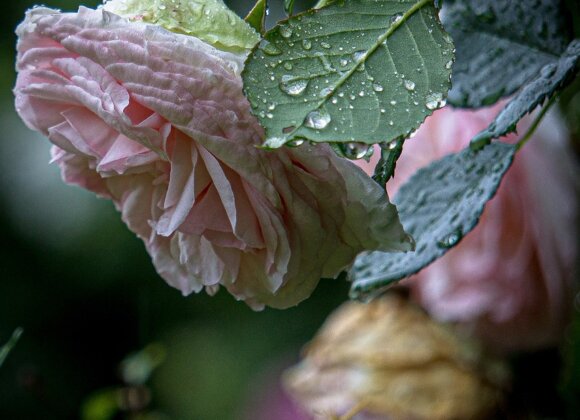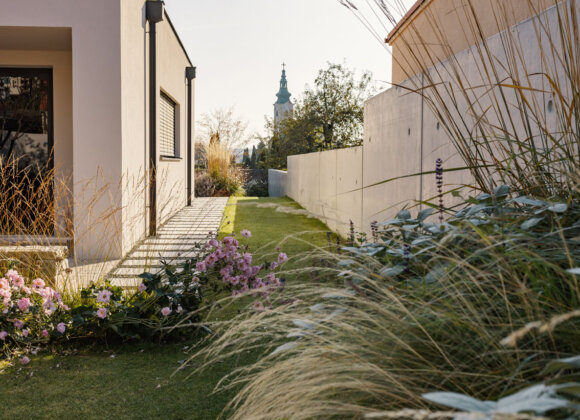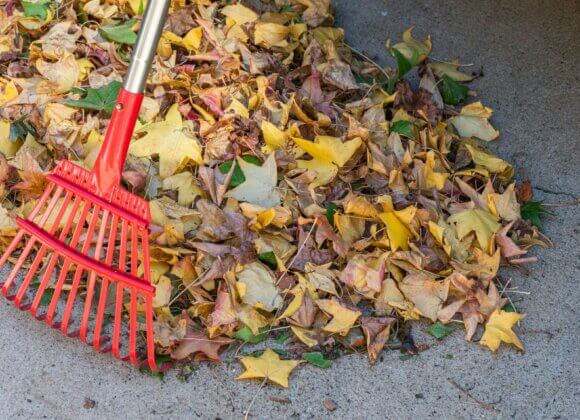What was once intended to protect against prying eyes is now green garden architecture: expert Reinhard Kittenberger (“Kittenberger Erlebnisgärten”) on the art of topiary, the best time to trim hedges and the most beautiful hedge plants for small and large paradises.
Hedges: green walls with a history
The Green Wall has a history: in the 17th and 18th centuries, the small and large secrets of the aristocracy were hidden behind it: pleasure walks, cultivated affairs, hidden gardens – hedges were not only decorative in the Baroque era, but also highly political – and not only in France. “They served as privacy screens,” says garden expert Reinhard Kittenberger, “for things that you would rather not see in the palace garden.” It was never just about plant care – but about control, order and staging. Even in the gardens of Versailles, people and plants were “brought into shape” in equal measure, so to speak.
Today, the hedge has largely shed its austerity – what remains is its function as a green border between retreat and the world. And yet, if you trim it correctly, you can still elevate it to a living sculpture.
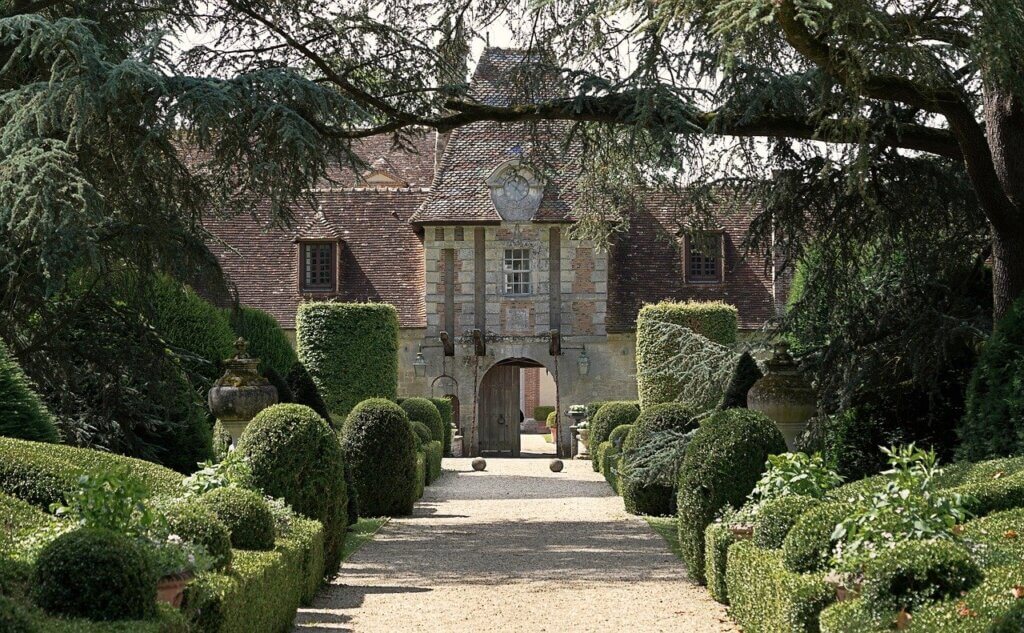
Shape, light and the right cut
“If you don’t prune a hedge, it grows like a tree – freely, but uncontrolled,” says Kittenberger. However, pruning is crucial for dense, compact growth – as early and regularly as possible. The best shape? “Trapezoidal,” explains the expert. “Then the sunlight also reaches the lower areas – and the hedge doesn’t wither from below.” If you prune evenly, you ensure healthy shoots, fewer gaps and lasting density.
It is also important to note the difference between topiary and maintenance pruning: first, the desired basic shape is created – later, annual pruning to this line is sufficient, always with a little leeway so that the plant continues to grow healthily.
When is the best time to cut the tail?
“September is the best time,” says Kittenberger without hesitation. In spring, the hedge is allowed to sprout a little wildly, but is only pruned in late summer – i.e. September. “I would never prune in midsummer – freshly exposed leaves get sunburnt.” Autumn, on the other hand, brings mild light and enough time for new shoots before the frost arrives. A single, well-placed cut per year is often enough.
From privet to yew – which hedge plants are worthwhile
The question remains as to which hedge the expert would currently recommend. For Kittenberger, there are several options – depending on the space, requirements and preferences:
- Privet grows quickly, flowers and provides valuable food for insects and birds with its dark berries.
- Hornbeam is dense, robust and ideal for nesting sites – even if it bears fewer flowers.
- Yew is considered a classic topiary hedge, but all parts are poisonous – you should know this, especially if children also play in the garden.
- Cypresses grow tall and narrow – ideal when privacy protection is needed quickly.
What Kittenberger advises against: Thujas (“Hardly any life settles on them, they were planted in the 1970s”) and boxwood, especially because of the moth. “Even a sparrow that eats the caterpillars won’t help – it can’t get through the branches.”
Trim hedges yourself or have them trimmed?
The professional also has a clear opinion when it comes to maintenance: “Definitely cut it yourself!” laughs Kittenberger. “If you’re reasonably strong and have sharp shears, it’s the best gardening job of all.” Even if you’re not a perfectionist, there’s not much you can do wrong – the main thing is to take your time. “Pruning hedges is a little fitness cure and a wonderful balance to everyday life. It grounds us. And if you prune regularly, you don’t have to worry about the shape – it takes care of itself.”
Hedges are therefore much more than green walls – they are living elements of garden design. If you understand, care for and shape them, you not only create order and privacy, but also a habitat for animals and beauty for yourself. And a bit of royal privacy, if you like – without the need for a castle.
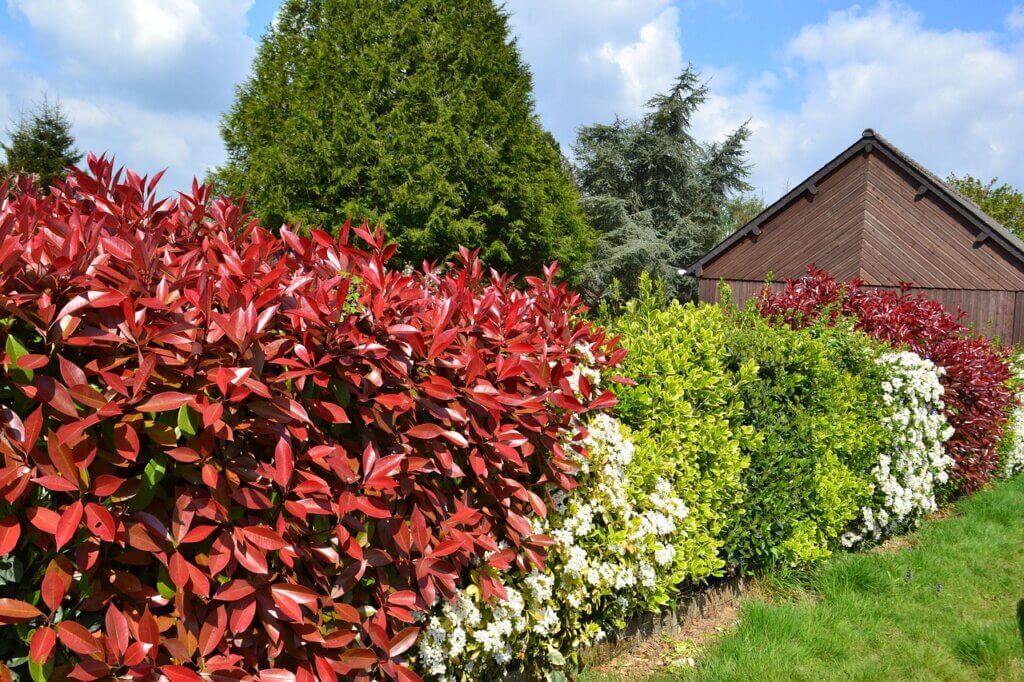

Reinhard Kittenberger is a garden expert, entrepreneur and founder of Kittenberger Erlebnisgärten in Schiltern, Lower Austria. There, he and his team design natural garden spaces that combine creativity, craftsmanship and ecological responsibility. With a passion for biodiversity, sustainability and the beauty of the “garden as a living space”, he is now one of the best-known garden designers in the country.
Website: https://www.kittenberger.at
Related posts:
Privacy screen in the garden: What is possible, what is allowed?




